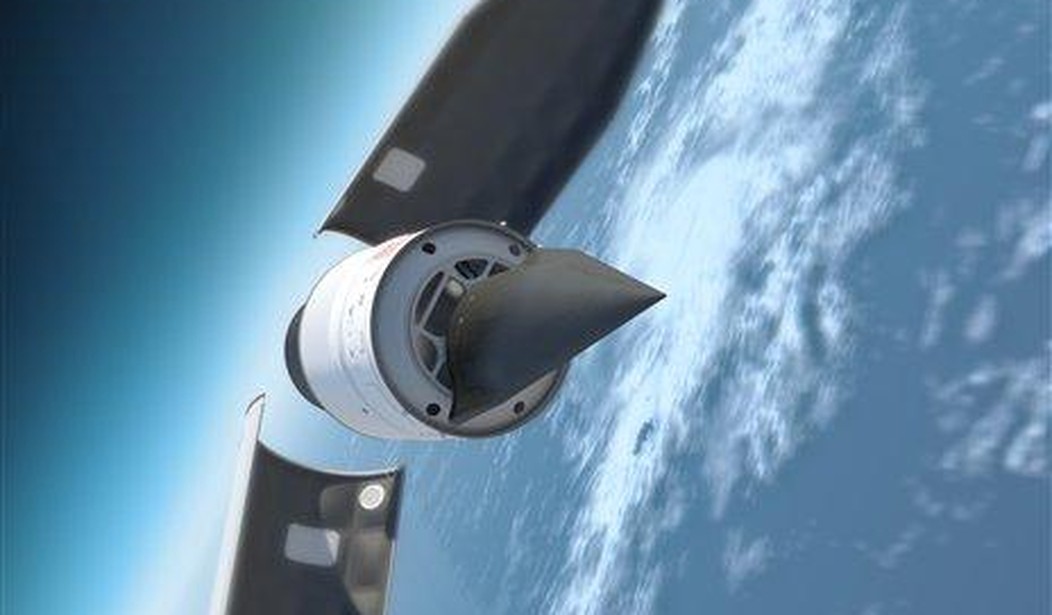Last October, Chairman of the Joint Chiefs of Staff General Mark Milley announced that U.S. intelligence had confirmed a successful test by China of a hypersonic missile. Milley said it was “very close to a Sputnik” moment, when the U.S. was shocked out of its complacency in 1957 following the Soviet launch of an earth-orbiting satellite.
This time, the shock was due to the unexpected capability of the Chinese to orbit the earth with the missile — a concept known during the cold war as “fractional orbital bombardment.” It didn’t set off quite the panic that Sputnik did, but it was a huge wake-up call for the defense establishment.
“There is an arms race, not necessarily for increased numbers, but for increased quality,” Air Force Secretary Frank Kendall told Reuters during an interview in his Pentagon offices. “It’s an arms race that has been going on for quite some time. The Chinese have been at it very aggressively.”
Kendall noted that while the U.S. military has focused funds on Iraq and Afghanistan, it has taken its eye off the ball in terms of hypersonic weapons. “This isn’t saying we’ve done nothing, but we haven’t done enough,” he said.
As the Pentagon enters the 2023 annual budget cycle, Kendall hopes to raise funds with the retirement of older and expensive-to-maintain systems in favor of new systems, including hypersonic development programs.
“I love the A-10. The C-130 is a great aircraft that’s been very capable and very effective for a lot of missions. The MQ-9s have been very effective for counterterrorism and so on. They’re still useful, but none of these things scare China,” Kendall said, referring to a more than 40-year-old combat aircraft, a plane for carrying cargo, and widely used drones, respectively.
As for the United States hypersonic weapons program, it’s had mixed results in tests so far. A test of a hypersonic glide weapon in Alaska last month failed when the booster rocket didn’t perform the way it was supposed to.
Then, late last month, the U.S. successfully tested a booster motor on the ground in Utah. This puts the U.S. on track to test the full system late next year if all else goes well.
Kendall will have a battle with Congress to retire the A-10 and the C-130 — both aircraft have boosters in the Congress. But even if the secretary is successful in retiring those assets, it won’t be nearly enough to cover the cost of a hypersonic weapon’s development.
Arms makers Lockheed Martin Corp (LMT.N), Northrop Grumman Corp (NOC.N) and Raytheon Technologies Corp (RTX.N) have all touted their hypersonic weapons programs to investors as world focus shifted to the new arms race for an emerging class of weapon.
Still, the Pentagon wants defense contractors to cut the ultimate cost of hypersonic weapons, the head of research and development has said, as the next generation of super-fast missiles being developed currently costs tens of millions per unit.
The development of hypersonic weapons platforms won’t be cheap. That’s why it might be better for the U.S. to develop technologies to detect and defeat hypersonic weapons. It will no doubt be cheaper than an offensive system and could be folded into current missile defense efforts.
Also read: Will China Become the Last Refuge of Western Culture?










Join the conversation as a VIP Member